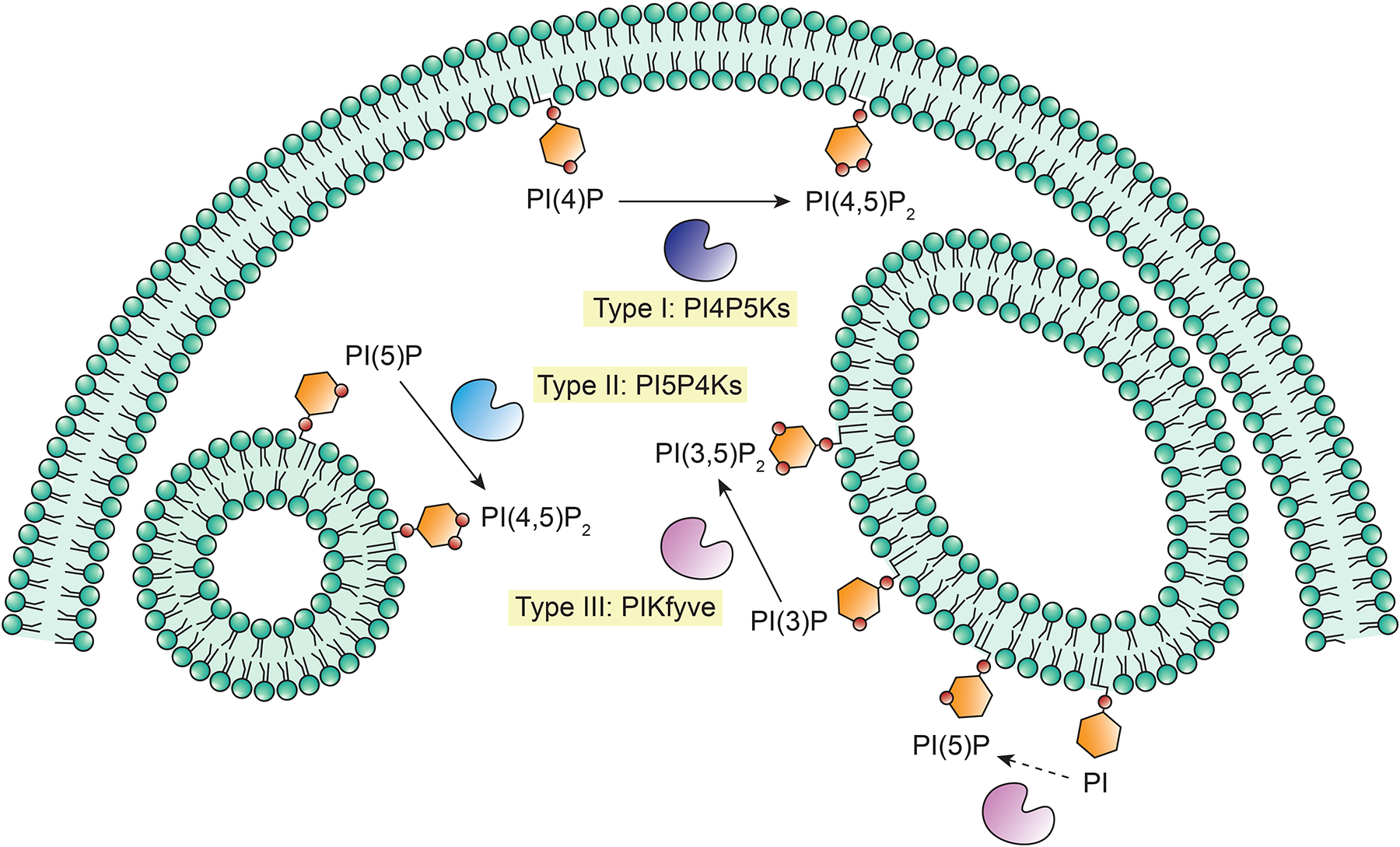Figure 1. The Phosphatidylinositol phosphate kinase (PIPK) family.

Phosphoinositides are generated by the addition or removal of phosphate groups to the 3, 4, or 5 positions of the hydroxyl groups of phosphatidylinositol’s inositol ring. Their levels are strictly regulated by several kinases and phosphatases. Among these enzymes, the PIPK family is responsible for the conversion of singly phosphorylated phosphatidylinositol (PI) to phosphatidylinositol bisphosphates (PIP2). The PIPK family contains three subfamilies: Type I, Type II, and Type III, with significant sequence homology but distinct substrate specificity. Type I PIPKs phosphorylate PI(4)P to PI(4,5)P2 mainly at the plasma membrane and are named Phosphatidylinositol-4-phosphate 5-kinases (PI4P5Ks). Type II PIPKs are called Phosphatidylinositol 5-phosphate 4-kinases (PI5P4Ks) and also generate PI(4,5)P2, but they do it by phosphorylating PI(5)P at intracellular locations. There is only one Type III PIPK, named phosphatidylinositol-3-phosphate 5-kinase or PIKfyve. This kinase mainly phosphorylates PI(3)P at endosomal compartments to generate PI(3,5)P2 but can also generate PI(5)P by phosphorylation of PI.
